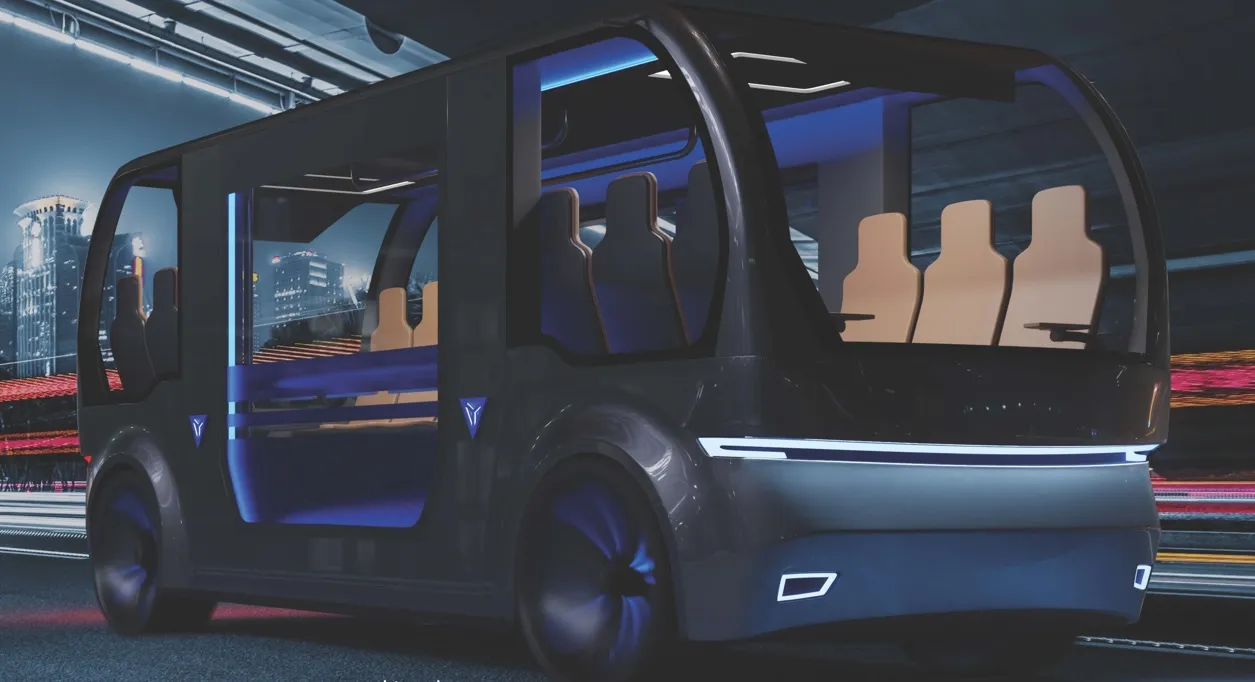To support its growing video camera business worldwide, TRW Automotive Holdings has launched production of camera systems in the US and is investing in its electronics facility in Illinois. TRW's scalable video camera (S-Cam) family incorporates technology from Mobileye and can provide a range of safety functions including lane departure warning, forward collision warning, headlight control, traffic sign recognition and pedestrian detection. When integrated with vehicle chassis systems, the S-Cam can provid
April 15, 2013
Read time: 2 mins
To support its growing video camera business worldwide, 601 TRW Automotive Holdings has launched production of camera systems in the US and is investing in its electronics facility in Illinois.
TRW's scalable video camera (S-Cam) family incorporates technology from4279 Mobileye and can provide a range of safety functions including lane departure warning, forward collision warning, headlight control, traffic sign recognition and pedestrian detection.
When integrated with vehicle chassis systems, the S-Cam can provide advanced active driver assist (DAS) functions including lane keeping and lane centering (together with electric steering) and automatic emergency braking (together with radar and electronic stability control).
The company’s next generation camera, the S-Cam3, will provide further advances in processing power and safety and comfort functionality.
Peter Lake, executive vice president, sales and business development, commented: "In North America, in the coming five years, we expect to see a strong demand for camera systems – particularly in light of the high frequency of accidents caused by lane drift. According to 2011834 National Highway Traffic Safety Administration (NHTSA) data, 53 per cent of road fatalities result from a roadway departure, and 7120 Insurance Institute for Highway Safety (IIHS) data estimates that lane departure warning and lane keeping assist systems could save more than 7,500 lives in the USA each year.
"We are investing in our production sites – both in North America and in Europe, in support of a number of global business awards.”
"The expansion of TRW's camera production in the US marks a significant milestone in the development of these exciting technologies," said Tolga Oal, vice president and general manager, TRW Global Electronics. "Automotive cameras have the potential to assist drivers in many ways from a safety, comfort and convenience standpoint."
TRW's scalable video camera (S-Cam) family incorporates technology from
When integrated with vehicle chassis systems, the S-Cam can provide advanced active driver assist (DAS) functions including lane keeping and lane centering (together with electric steering) and automatic emergency braking (together with radar and electronic stability control).
The company’s next generation camera, the S-Cam3, will provide further advances in processing power and safety and comfort functionality.
Peter Lake, executive vice president, sales and business development, commented: "In North America, in the coming five years, we expect to see a strong demand for camera systems – particularly in light of the high frequency of accidents caused by lane drift. According to 2011
"We are investing in our production sites – both in North America and in Europe, in support of a number of global business awards.”
"The expansion of TRW's camera production in the US marks a significant milestone in the development of these exciting technologies," said Tolga Oal, vice president and general manager, TRW Global Electronics. "Automotive cameras have the potential to assist drivers in many ways from a safety, comfort and convenience standpoint."









